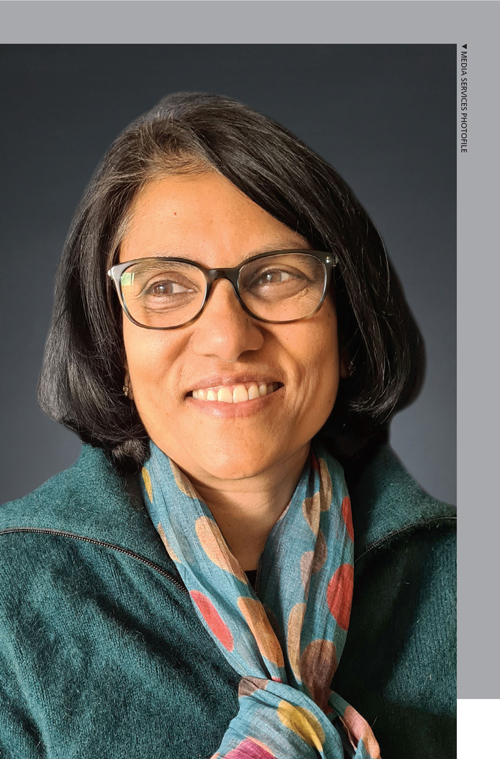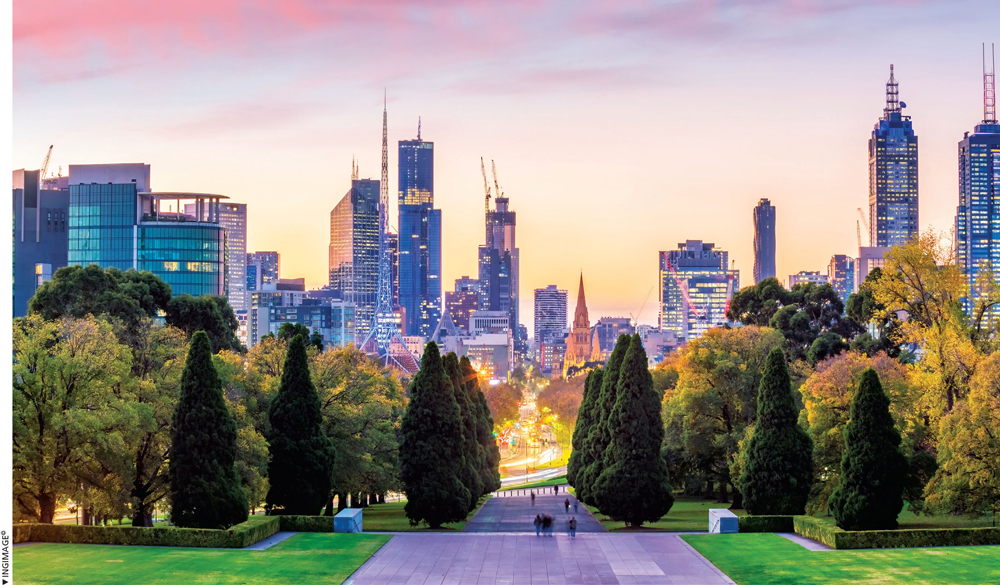Anoma Pieris

The environmental is our zeitgeist
Q: How would you describe your connection with Sri Lanka?
A: I identify as a Sri Lankan both in my research focus, and efforts to make Sri Lanka visible and important for built environment disciplines – as a place and series of experiences through which we might view and come to understand the world.
Q: Can you describe your journey to becoming an architect and eventually, a professor… What inspired you to pursue this career path in the first place?
A: While working as a senior architect in Singapore in 1997, I felt the full brunt of the Asian recession. For one year, I was without work until I decided to return to university and pursue a PhD. It was the best decision I ever made.
Q: What specific areas or fields of architecture have you focussed on during your career – and why did you choose those areas of specialisation?
A: I identify as a postcolonial scholar. In academic terms, I explore the spatial and physical dimensions of political and cultural sovereignty.
My major publications have focussed on marginal histories and voices – those of convicts, refugees, indigenous peoples, civilian internees, prisoners of war and immigrant workers – and most notably and recently, Pacific War incarceration camps.

Q: Can you provide an overview of your research project ‘Temporal Cities, Provisional Citizens: Architectures of Internment,’ and its significance in the context of architectural history and postcolonial studies?
A: For this project, I collaborated with Japanese-American scholar Lynne Horiuchi and together, we compared the different treatment of prisoners under the Allies and Japanese in numerous camp locations – in Australia, North America, Singapore and Japan.
Q: Your research examines prisoner of war and internment architecture across the Pacific Basin during World War II. What inspired you to explore this aspect of architectural history – and what were the key findings of your research?
A: My PhD research was on the colonial prison in Singapore. You could say that the wartime camps are an extension of that work because many prison buildings were used for incarcerating civilians during the war.
The most rewarding aspect of the research was discovering prisoner ingenuity in adapting these terrible barrack environments and thereby resisting the kinds of punishment that were forced upon them.
Q: What do you find most rewarding about teaching architecture to students? And how does this contribute to your own development as a professional?
A: I find it harder every year.
Q: And what challenges have you faced in life or your career? How did you overcome them?
A: Many in my generation suffered disruptions to our education and were dispersed all over the world in our efforts to survive the years of civil war.
We had to function without the support of family or friends in alien environments. It’s a heavy price to pay for political hubris.

Q: Can you share your perspective on the importance of sustainability and environmental considerations in modern architecture, and how they have impacted your work and teaching?
A: Environmental consciousness is our zeitgeist – the spirit of our age. It’s our moral compass. It challenges everything we thought to be progressive.
Q: What lasting memories do you have of your country of birth – Sri Lanka?
A: I gain confidence from knowing that Sri Lanka exists and I’m still part of it. But I also have formative memories of the pogrom, war, Janatha Vimukthi Peramuna (JVP) insurrections, bomb blasts and extrajudicial killings, which are hard to forget.
Q: And last but not least, what legacy (or impact) do you hope to leave for your students and the architecture profession in general – on what issues should their attention be focussed?
A: My discipline services a profession that is motivated by profit that sustains bourgeois aesthetic values. And my aim is to divert students to other socially compelling issues and concerns.
Environmental consciousness is our zeitgeist – the spirit of our age… It challenges everything we thought to be progressive


